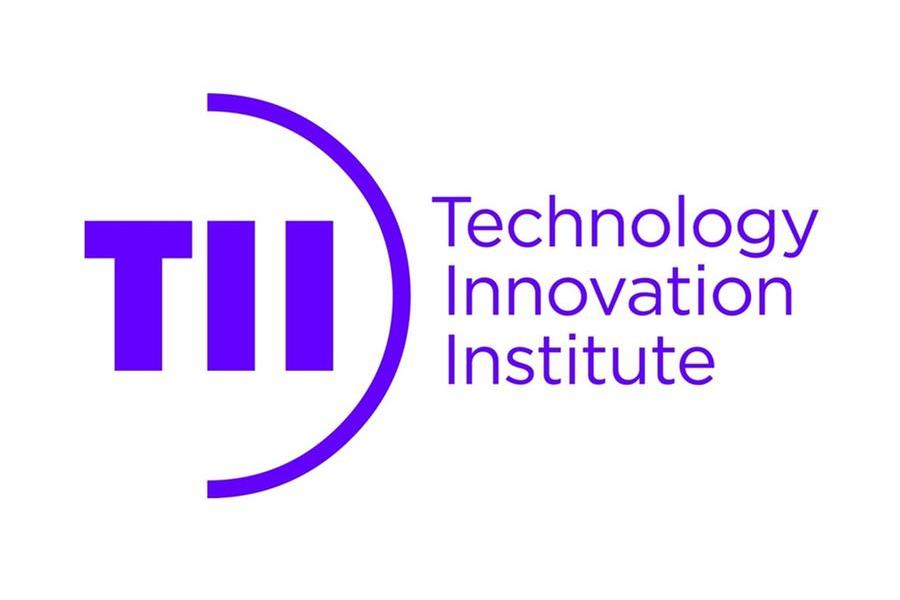Navigating Tech Transformations: A Leader's Guide to Successful Large-Scale Migrations

Large-scale technology migrations are complex endeavors, fraught with potential pitfalls and demanding strategic leadership. While the promise of improved efficiency, scalability, and innovation drives these transformations, the journey itself can be challenging. This guide provides essential strategic considerations for leaders steering their organizations through these critical shifts, focusing on minimizing risk and maximizing the return on investment.
The Foundation: A 'Trust, But Verify' Approach
Perhaps the most crucial principle for technology leaders overseeing migrations is adopting a 'trust, but verify' mindset. This isn’t about distrusting your teams or vendors; it's about establishing rigorous validation processes at every stage. Trust that your teams are competent and your vendors are delivering, but verify that the implementation aligns with the agreed-upon specifications and desired outcomes. This proactive approach helps identify and address issues early, preventing costly rework and delays later on.
Strategic Planning & Scope Definition
Before even touching a line of code, a comprehensive strategic plan is essential. This plan should clearly define the 'why' behind the migration – what business goals are you trying to achieve? It should also include a detailed scope definition. Overambitious migrations are a common cause of failure. Start with a manageable scope, demonstrate success, and then iteratively expand. Consider a phased approach, prioritizing critical systems and data first. A well-defined scope prevents scope creep and keeps the project on track.
Risk Mitigation: Identifying and Addressing Potential Challenges
Every migration carries inherent risks. A thorough risk assessment should be conducted early on, identifying potential challenges related to data integrity, system compatibility, user adoption, and security. Develop mitigation strategies for each identified risk. This might involve data cleansing and validation processes, robust testing environments, comprehensive training programs, and enhanced security protocols. Don't underestimate the importance of rollback plans – a clear and executable plan to revert to the previous state in case of critical failures is non-negotiable.
Communication is Key: Keeping Stakeholders Informed
Large-scale migrations impact numerous stakeholders, from IT teams to end-users to executive leadership. Transparent and consistent communication is paramount. Establish a clear communication plan that outlines how and when stakeholders will be informed about project progress, potential issues, and any necessary changes. Regular updates, town hall meetings, and dedicated communication channels can help manage expectations and build buy-in.
Data Integrity: The Cornerstone of a Successful Migration
Data is the lifeblood of any organization. Ensuring data integrity throughout the migration process is absolutely critical. Implement rigorous data validation and cleansing procedures. Utilize data profiling tools to identify inconsistencies and errors. Consider employing data migration specialists to oversee the process and ensure accuracy. Loss or corruption of data can have devastating consequences.
Testing and Validation: Ensuring a Smooth Transition
Thorough testing and validation are essential to identify and resolve issues before the migration goes live. Implement a multi-layered testing approach, including unit testing, integration testing, user acceptance testing (UAT), and performance testing. Engage end-users in the UAT process to ensure the migrated system meets their needs and expectations. Automate testing wherever possible to improve efficiency and accuracy.
Post-Migration Support and Optimization
The migration isn't over once the systems are live. Provide robust post-migration support to address any remaining issues and ensure a smooth transition for users. Continuously monitor system performance and identify opportunities for optimization. Gather user feedback and make necessary adjustments to improve the user experience. The goal is not just to migrate, but to improve.
Conclusion
Large-scale technology migrations are complex but achievable with careful planning, strategic leadership, and a commitment to rigorous execution. By embracing a 'trust, but verify' approach, prioritizing data integrity, and fostering open communication, leaders can navigate these transformations successfully and unlock the full potential of their organizations.






